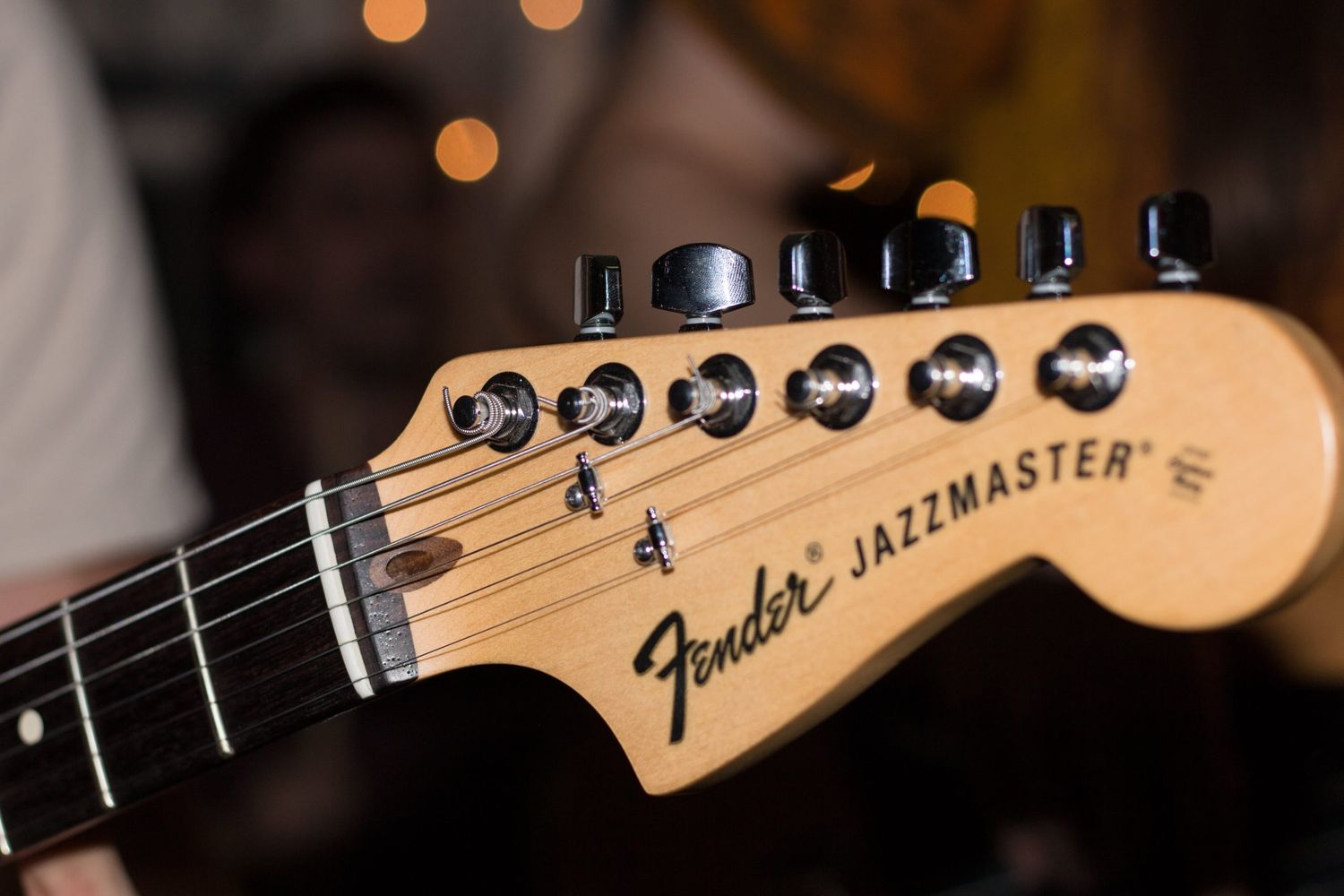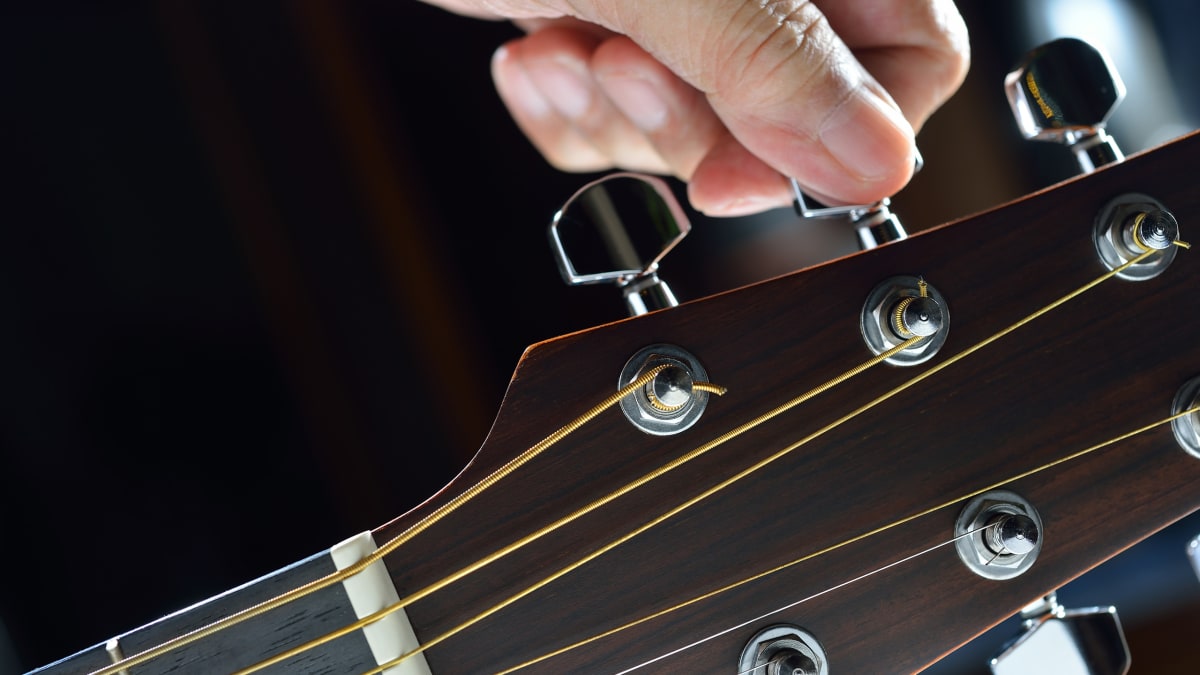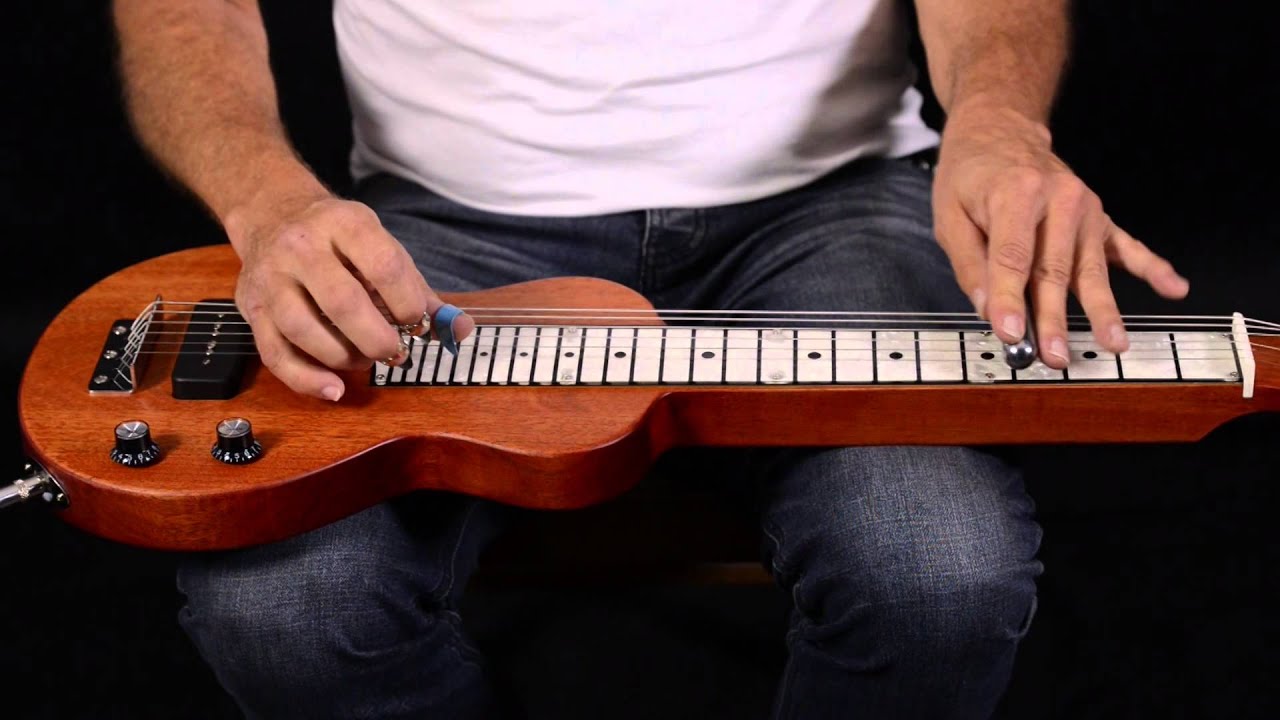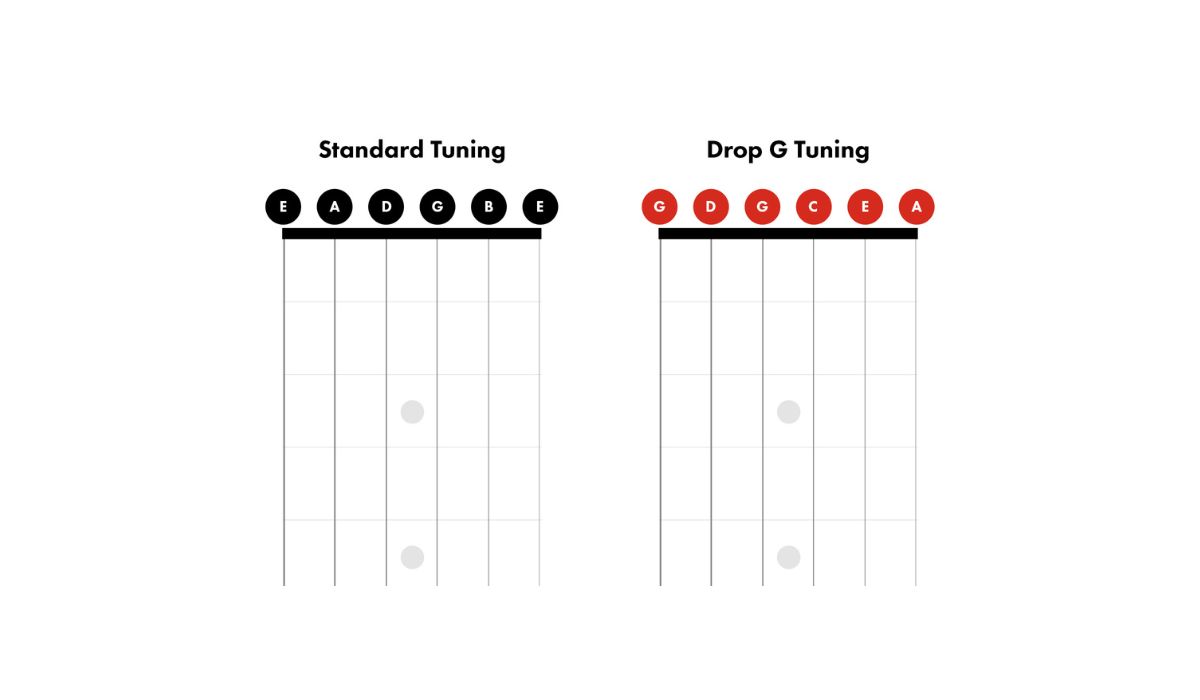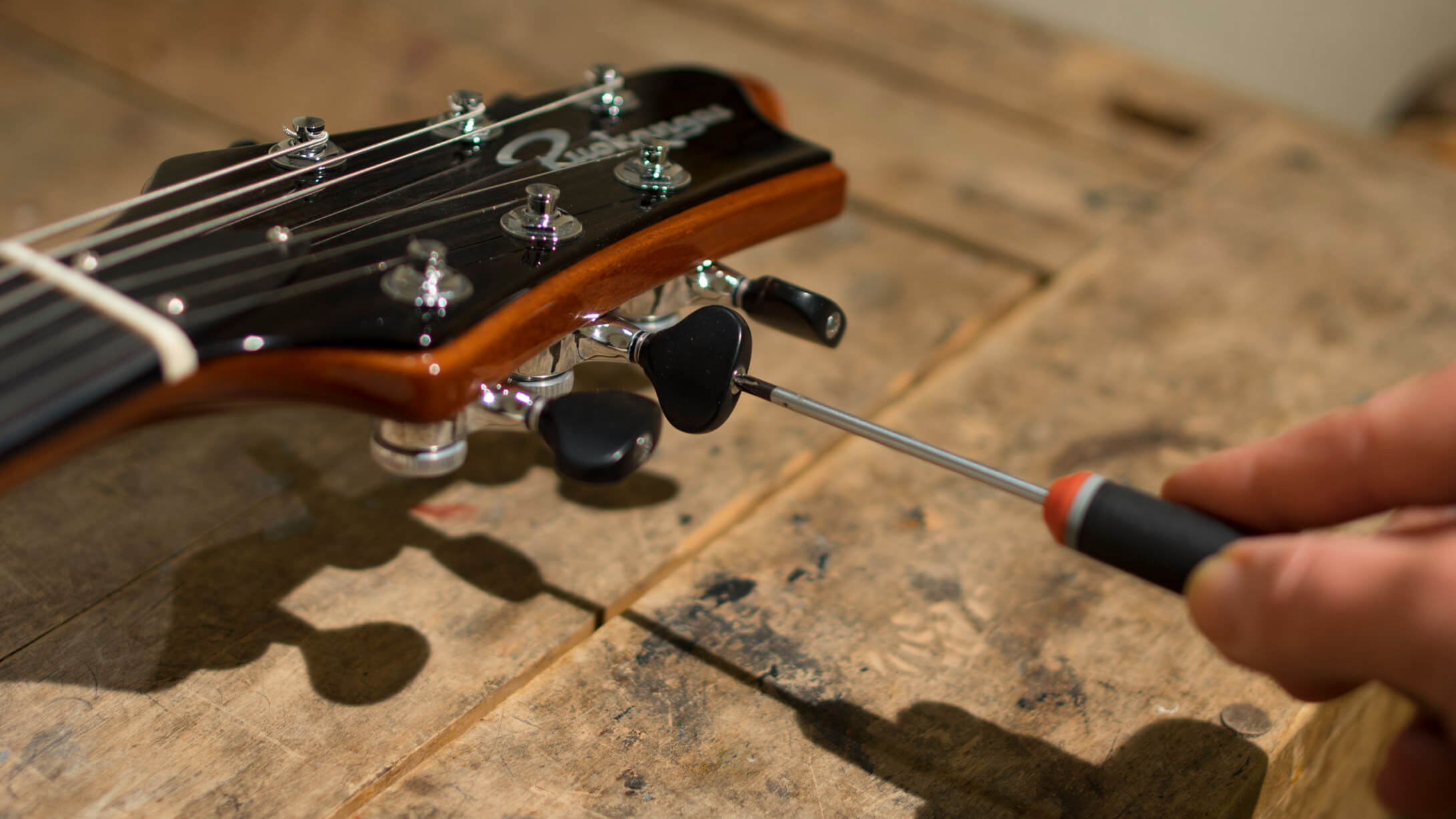Home>Instruments>Guitar>How Is A Baritone Guitar Tuned


Guitar
How Is A Baritone Guitar Tuned
Published: February 12, 2024
Learn how to tune a baritone guitar to achieve the perfect sound. Explore the different tuning options and techniques for tuning a baritone guitar.
(Many of the links in this article redirect to a specific reviewed product. Your purchase of these products through affiliate links helps to generate commission for AudioLover.com, at no extra cost. Learn more)
Table of Contents
Introduction
The baritone guitar is a captivating instrument that adds depth and richness to music with its unique tonal range. With a longer scale length and lower pitch than a standard guitar, the baritone guitar offers a distinctive sound that resonates in various musical genres. Whether you're a seasoned guitarist or a curious music enthusiast, understanding the tuning of a baritone guitar is essential for harnessing its full potential.
In this comprehensive guide, we will delve into the intricacies of baritone guitar tuning, exploring both standard and alternative tunings. By the end of this article, you will have a profound understanding of how the baritone guitar is tuned and the creative possibilities that arise from experimenting with different tunings.
The tuning of a baritone guitar significantly impacts its sonic character, making it a compelling subject for musicians and enthusiasts alike. Whether you're drawn to the warm, rumbling tones of jazz or the heavy, resonant sounds of rock and metal, the tuning of a baritone guitar plays a pivotal role in shaping its sonic identity. Let's embark on a journey to unravel the mysteries of baritone guitar tuning and unleash the musical potential that lies within its six strings.
Standard Baritone Guitar Tuning
Standard baritone guitar tuning typically involves tuning the instrument to a lower pitch to achieve a rich, resonant sound. While the standard tuning for a traditional six-string guitar is EADGBE, the tuning for a standard baritone guitar is notably lower, enabling it to produce deeper tones that add a distinctive flavor to music.
The most common standard tuning for a baritone guitar is B E A D F# B, which is five half-steps lower than the standard tuning of a regular guitar. This lower tuning allows the baritone guitar to explore lower registers, creating a sonorous and expansive sound that complements a wide range of musical styles.
By tuning the baritone guitar to B E A D F# B, musicians can harness the instrument’s extended scale length to produce resonant bass notes and rich chord voicings. This tuning opens up new sonic possibilities, making the baritone guitar a versatile tool for both solo performances and ensemble playing.
When the baritone guitar is tuned to B E A D F# B, it offers a compelling blend of warmth and depth, making it a favored choice for musicians seeking to add a distinctive low-end presence to their music. Whether used in conjunction with standard-tuned guitars or as a standalone instrument, the standard tuning of a baritone guitar enriches musical compositions with its unique tonal qualities.
Exploring the standard tuning of a baritone guitar unveils a world of creative opportunities, allowing musicians to craft evocative melodies and harmonies that resonate with depth and emotion. The lower pitch and extended scale length of the baritone guitar create a captivating sonic landscape, inviting players to embark on a musical journey that transcends conventional tonal boundaries.
Alternative Baritone Guitar Tunings
While the standard tuning of a baritone guitar offers a compelling foundation for musical exploration, the instrument’s versatile nature allows for the adoption of alternative tunings, opening doors to a myriad of creative possibilities. By deviating from the standard B E A D F# B tuning, musicians can unlock new tonal textures and unearth innovative sonic landscapes.
One popular alternative tuning for the baritone guitar is C G B E G C, which provides a different sonic palette compared to the standard tuning. This lower tuning accentuates the instrument’s resonant qualities, allowing for the creation of lush, atmospheric soundscapes and evocative chord progressions. Musicians often gravitate towards this tuning for its ability to infuse compositions with a sense of depth and introspection.
Another noteworthy alternative tuning for the baritone guitar is A D G C E A, which introduces a unique melodic character to the instrument. This tuning, with its distinctive intervals and voicings, empowers musicians to craft expressive melodies and intricate harmonies that resonate with clarity and emotion. The A D G C E A tuning expands the sonic range of the baritone guitar, offering a fresh perspective for musical expression.
Exploring alternative tunings on the baritone guitar fosters a spirit of experimentation and creativity, encouraging musicians to push the boundaries of conventional tonal structures. Whether seeking to evoke haunting atmospheres, convey poignant narratives, or unleash powerful riffs, alternative tunings provide a wealth of sonic resources for musical exploration.
By embracing alternative baritone guitar tunings, musicians can tap into a rich tapestry of sounds, each offering a distinct sonic identity. Whether crafting introspective ballads, atmospheric soundscapes, or dynamic compositions, the versatile nature of the baritone guitar, combined with alternative tunings, empowers musicians to sculpt captivating musical experiences that resonate with audiences.
Conclusion
The world of baritone guitar tuning is a captivating realm where musicians can explore a diverse array of sonic landscapes and unlock boundless creative potential. Whether adhering to the standard B E A D F# B tuning or venturing into alternative tunings such as C G B E G C or A D G C E A, the baritone guitar offers a rich tapestry of tonal possibilities that enrich musical compositions with depth and resonance.
As musicians delve into the art of baritone guitar tuning, they embark on a journey of sonic discovery, unearthing evocative melodies, lush harmonies, and powerful chord voicings that resonate with emotion and expression. The lower pitch and extended scale length of the baritone guitar provide a fertile ground for musical innovation, inviting players to sculpt captivating sonic narratives that captivate audiences and fellow musicians alike.
Whether used in jazz, rock, metal, or experimental genres, the baritone guitar’s unique tonal characteristics, coupled with its adaptable tuning options, make it a versatile and compelling instrument for musical expression. By embracing the nuances of baritone guitar tuning, musicians can infuse their compositions with warmth, depth, and a distinctive low-end presence that elevates the sonic tapestry of their music.
In conclusion, the art of baritone guitar tuning is a testament to the instrument’s capacity for sonic exploration and creative expression. As musicians continue to push the boundaries of conventional tonal structures and embrace alternative tunings, the baritone guitar stands as a beacon of innovation, offering a wealth of possibilities for crafting evocative and compelling musical experiences.
Whether resonating with the rumbling depths of low-end frequencies or soaring through expressive melodic passages, the baritone guitar, with its diverse tuning options, remains an instrument of boundless creativity and sonic allure, inviting musicians to embark on a perpetual journey of musical discovery and innovation.

